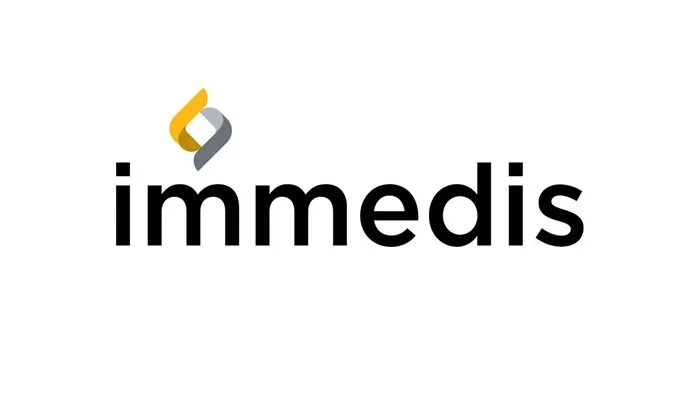HR & Consulting
Is the Mobile Wallet the Next Piece of the Employee Experience Pie?

As Josh Bersin observed, “employee experience” was one of the top HR buzzwords of 2020. Already it’s looking like 2021 will see an even greater focus on this area given the seismic shifts in the work landscape as a result of COVID-19. From professional development opportunities to the expansion of CSR programs, organizations strive to make the workplace more employee-centric.
What is sometimes overlooked in this discussion is the role pay, specifically payment methods, can play in enhancing the relationship employees have with their employer. Many larger companies have already begun adding to the traditional methods and offer on demand pay. Another route, which is growing in popularity, is the mobile wallet.
What is a mobile wallet?
According to research, 2.07 billion consumers reportedly used a mobile wallet, a type of digital wallet, to make a payment or send money in 2019. Currently, China is the largest adopter of mobile wallet payments, but India and Africa have also seen huge growth and adoption. Examples of mobile wallets include Apple Pay, Google Pay, and Samsung Pay.
Why employers should consider offering mobile wallets
There are several ways to answer this question- but in a nutshell, it is about giving your employees the professional experience they currently enjoy in their personal lives. It’s about demonstrating that you want your employees to think about their pay as an organic entity rather than a static one, one they can manipulate to serve their needs best. It’s also about future-proofing your workforce. We know that 84% of Generation Z are familiar with mobile wallets, 34% have used one, with 14% using it regularly.
How a mobile wallet can help employers revamp and upgrade the employee experience
Enables you to pay the unbanked
Roughly 1.7 billion adults do not have an account with a financial institution or a mobile money provider. However, over three billion people are smartphone users, with that likely to grow by several hundred in the next few years. For employers finding a way to remunerate this cohort of workers is a problem that the digital wallet eliminates.
Offers a great branding opportunity
Businesses want their employees to feel a sense of pride and loyalty towards their company. There are many ways to foster this- branded sweatshirts, celebrating achievements, and offering excellent benefits packages, for starters. But what is the one common denominator that regardless of position, age, or gender we all receive? A paycheck. So why not utilize this to reinforce the brand identity while also engendering a sense of community and belonging.
Moving to a mobile wallet also demonstrates that an employer recognizes that we live in a digital world and wants to enable its employees to optimize the benefits of this with their paycheck.
Can customize to each employee’s needs
Again, this is about making the paycheck more than simply the monetary reward for a person’s time and skills. It is about recognizing that each employee is an individual with preferences and priorities. Organizations can use the mobile wallet to collect data to determine what employees would most benefit from – retirement or mortgage? Debt reduction or saving and investing? Or, when looking at different options for benefits, would people prefer discounts on gym memberships or coupons for travel?
Can use as a tool to cultivate financial wellbeing
How employees are feeling about their financial state is declining. In 2020, 49% of employees rated their financial wellness as good or excellent, down from 55% in 2019. And that was early in the year before the full effects of COVID-19 were felt. Most employers believe financial wellness programs help create more productive, loyal, satisfied, and engaged employees. Mobile wallets can play a role in assisting employees with their financial wellbeing. For example, as described by Jan Bellens, you can use the data from your mobile wallet to ascertain where is the best value on these products that you buy regularly. Any money saved could then automatically be dropped into a savings account.
Scales as the company grows
One of the biggest challenges of a company growing in multiple countries is how to keep with the payroll obligations in disparate locations. Again, digital can help. Paul Shumsky explains why: “Because mobile wallets are built in microservices architecture, it is easy for employers to add new employees and can manage all additional transactions. mobile wallets are also highly adaptable, and functionality can be added and withdrawn based on employees’ needs and the amount they use the different components of the mobile wallet over time.”
Something here about M&A activity .. the growth of global companies.
Offers greater security
Although the days of people receiving their wages in cash, and therefore posing a potential risk for theft, are pretty much over; it is reassuring to know that moving to digital payments affords a sense of security. As explained by Bob Musinski in his piece Why Your Phone’s Wallet is Safer Than Your Real one, apart from needing another form of identification – such as a face or eye scan, fingerprint, or PIN to make a payment, those with a biometric ID feature make it nearly impossible for someone other than the authorized user to use. Also, merchants and card issuers can get an added level of security through digital wallets. Based on your mobile device’s information, issuers can be alerted to a history of fraud on the device, and merchants can authenticate device ID and geolocation.
The big question is, are organizations ready for the mobile wallet? Do their payroll solutions have the capability to incorporate payment into a mobile wallet? I would love to hear from people in HR and payroll to answer this and see if, while an excellent and innovative idea, most employers are not ready to implement it just yet.



















































